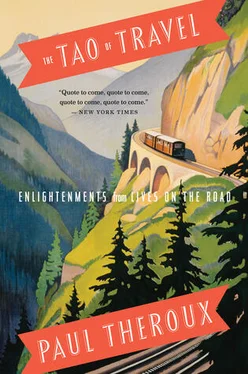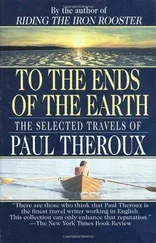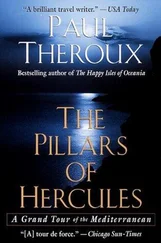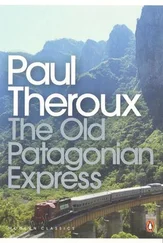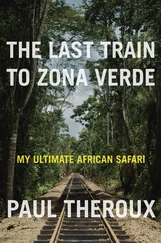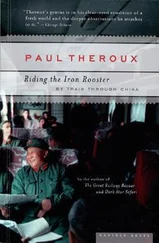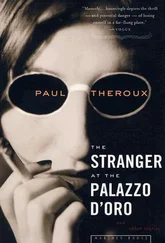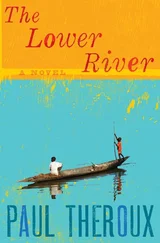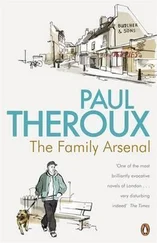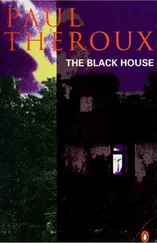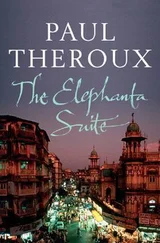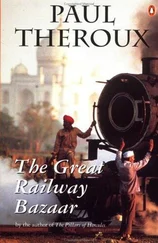The appearance of the ocean, in the space between the more distant island and the shore, had something very unusual about it. Although, at the time, so strong a gale was blowing landward that a brig in the remote offing lay to under a double-reefed trysail, and constantly plunged her whole hull out of sight, still there was here nothing like a regular swell, but only a short, quick, angry cross dashing of water in every direction — as well in the teeth of the wind as otherwise. Of foam there was little except in the immediate vicinity of the rocks.
This goes on for many more pages, with the revelation of the maelstrom, showing that Poe, a man who had hardly been anywhere — and certainly nowhere like this — was able to create a credible landscape out of his reading and his imagination.
Thomas Janvier, In the Sargasso Sea
JANVIER, WHO IS forgotten now, was born in 1849, educated in Philadelphia, lived in New York City, and traveled in Europe and Mexico. He wrote biography, history, and travel; he published a guidebook about Mexico and short stories set in France; and with one exception he wrote directly from experience, describing places he'd been — Provence and Mexico.
In the Sargasso Sea (1898) was recommended to me by the humorist S. J. Perelman, who told me that this depiction of a man struggling on a sea of weeds was like a version of living and writing in Hollywood. Perelman might have been introduced to the book by his friend Nathanael West, who mentions Janvier in his powerful Hollywood novel, The Day of the Locust. Todd, West's main character, gets a glimpse of the place where movie sets are disposed of.
He left the road and climbed across the spine of the hill to look down on the other side. From there he could see a ten-acre field of cockleburs, spotted with clumps of sunflowers and wild gum. In the center of the field was a gigantic pile of nets, flats and props. While he watched, a ten ton truck added another load to it. This was the final dumping ground. He thought of Janvier's "Sargasso Sea." Just as that imaginary body of water was a history of civilization in the form of a marine junkyard, the studio lot was one in the form of a dream dump.
The Sargasso Sea actually exists. It was first seen by Columbus, and described by Jules Verne (the Nautilus motored through it in Twenty Thousand Leagues Under the Sea). As a convergence of ocean currents, it is an elliptical "free-floating meadow of seaweed almost as large as a continent" (Encyclopedia Britannica), rotating slowly clockwise. Because it is adjacent to Bermuda it is part of the mystery associated with the Bermuda Triangle. A breeding place for eels, this sea within a sea is bordered by the Gulf Stream on the west. Its name is from the profusion of brown floating gulfweed (genus Sargassum) visible on its surface.
It was thought, mistakenly, that the Sargasso Sea trapped ships, and contributing to the vivid ship-swallowing myth, this is the conceit that Janvier uses to great effect in his novel.
I had come out from the wheel-house and was standing on the steamer's bridge — which rose right out of the water so that I looked down from it directly on the weed-laden sea. As far as my sight would carry through the soft golden haze I saw only weed-covered water, broken here and there by a bit of wreckage or by a little open space on which the pale sunshine gleamed. A very gentle swell was running, giving to the ocean the look of some strange sort of meadow with tall grass swaying evenly in an easy wind… So far as the world was concerned I was dead already — being fairly caught in the slow eddying current which was carrying my hulk steadily and hopelessly into the dense wreck-filled centre of the Sargasso Sea.
And later:
I had before me what I think must be the strangest sight that the world has in it for the eyes of man. For what I looked at was the host of wrecked ships, the dross of wave and tempest, which through four centuries — from the time when sailors first pushed out upon the great western ocean — has been gathering slowly, and still more slowly wasting, in the central fastnesses of the Sargasso Sea.
Janvier, a traveler, was widely read in his time, which was just a century ago. On his death, the appreciative New York Times obituary praised Janvier for his "suave irony, gentle aloofness," and went on, "His varied books of travel had the same combination of qualities — keen and close observation, with a curious sympathy of understanding and vividness of presentation."
Edgar Rice Burroughs: "I Can Write Better About Places I've Never Seen"
MANY PEOPLE, OF whom I am one, formed their first notions of Africa from the work of Edgar Rice Burroughs, specifically the Tarzan books — and films and illustrated comics. Even knowing this was fantasy adventure, readers, young ones especially, felt an incomparable thrill. Burroughs never set foot in Africa, though he knew something about roughing it — he'd been a cowboy, a soldier in the Seventh Cavalry, and a gold miner in Idaho.
He was one of those American writers who was so full of speculative schemes (Twain was another) that they worked their way into his fiction. Burroughs had been a poor student, a failed businessman, and somewhat desperate as a writer when, at the age of thirty-six, he published Tarzan of the Apes as a serial in All-Story magazine. He'd been fascinated by the ethnographic exhibits (native dances, grass skirts, African warriors) and zoo animals he'd seen in Chicago at the World's Columbian Exhibition in 1893. He'd read Burton and Stanley on Africa, as well as H. Rider Haggard adventures and Kipling's Jungle Book. He was asked many times how he came up with the idea of Tarzan. He claimed he didn't know (though Tarzan's upbringing can be compared with Mowgli's in Kipling, and Kipling mentions Tarzan approvingly in his own autobiography, Something of Myself), but said that the character helped him escape from the humdrum life he was leading. "My mind, in relaxation, preferred to roam in scenes and situations I'd never known. I find that I can write better about places I've never seen than those I have."
In Tarzan of the Apes (1914), Tarzan is John Clayton, the son of Lord Greystoke, whose wife has died while living in a remote cabin in West Africa. The female ape Kala, grieving for her own dead baby, kills Lord Greystoke and abducts young Clayton, whom she calls Tarzan ("white skin" in ape language), raising him as her own. Jane Porter, another castaway, also turns up in this first novel, along with a cast of sinister opportunists. Tarzan is not sure who he is, but his skills and his strength have made him Lord of the Jungle. The book was such a hit with readers that a year later he wrote The Return of Tarzan (featuring his marriage to Jane), and altogether twenty-five Tarzan books, other stories with an African setting, as well as a number of westerns and works of science fiction.
After a prolific career as a writer of adventure stories, quite wealthy, living in Hawaii and feeling neglected, Burroughs, at the age of sixty-six, witnessed the bombing of Pearl Harbor. He immediately signed up as a war correspondent and traveled throughout the Pacific. He remained in Hawaii until the end of the war.
It is obvious that as he continued to write the Tarzan books he mugged up on Africa. The setting for the Tarzan stories appears to be the Gabon of Du Chaillu's Exploration and Adventures in Equatorial Africa. He would have found Swahili in Burton, since Tarzan's Waziri people use accurate Swahili words, such as Mulungu for God, askari for soldier, and shifta for bandit. Tarzan becomes their chief after their own chief dies battling Arab slave traders. A lovely African girl in Tarzan: The Lost Adventure is named Nyama. This is the Swahili word for meat, as well as a generic word for game (and a slang word in East Africa for a low woman). But in all the books Africans are primitive (Tarzan usually mocks them) and not to be compared with the apes, Tarzan's real family. Civilized man is worse than any other—"more brutal than the brutes." The great apes, the Mangani, who are Tarzan's extended family, have a whole language to themselves, which Burroughs invented or contrived from travel book glossaries. One can easily see that Tarzan is the creation of an armchair traveler, a devourer of travel books.
Читать дальше
